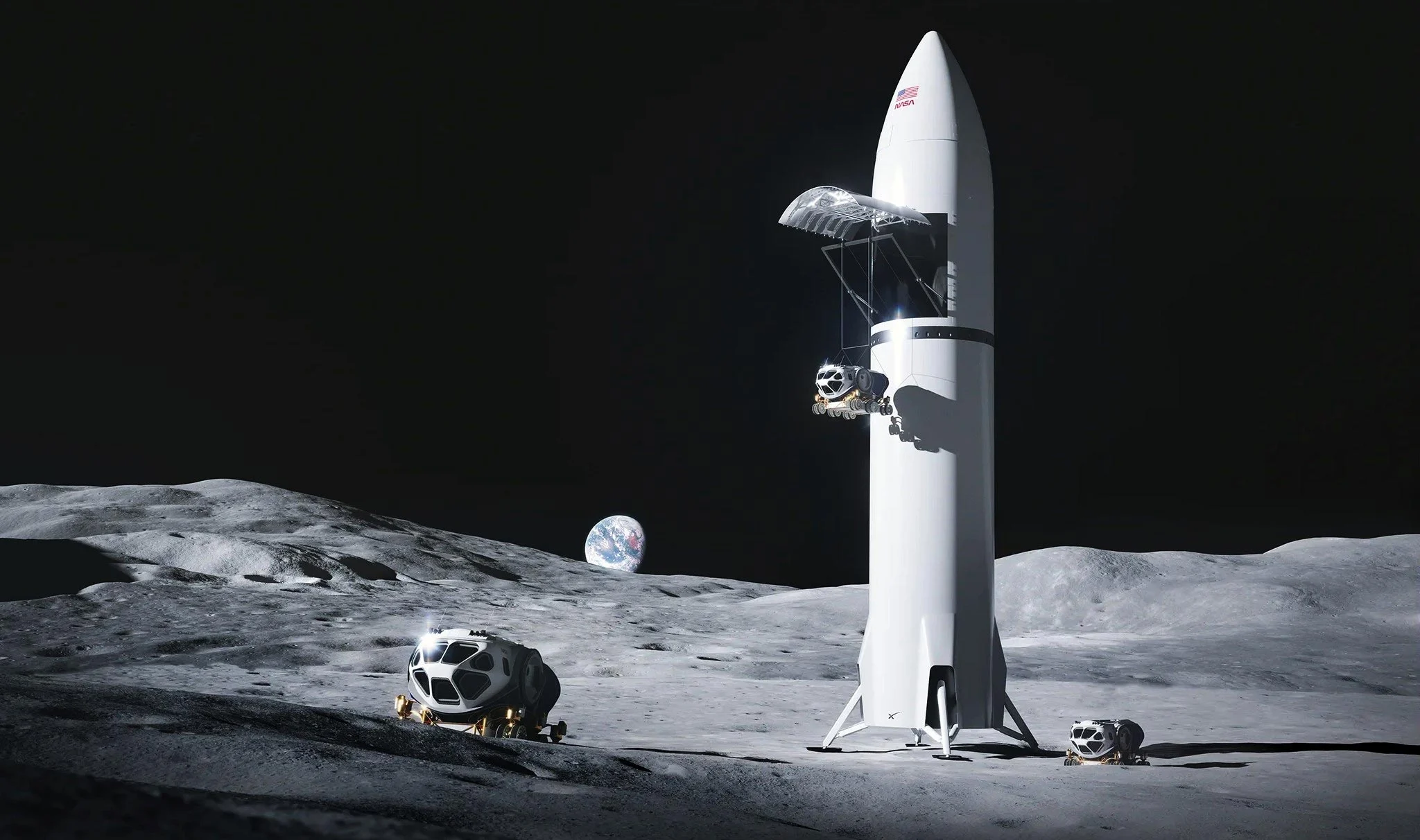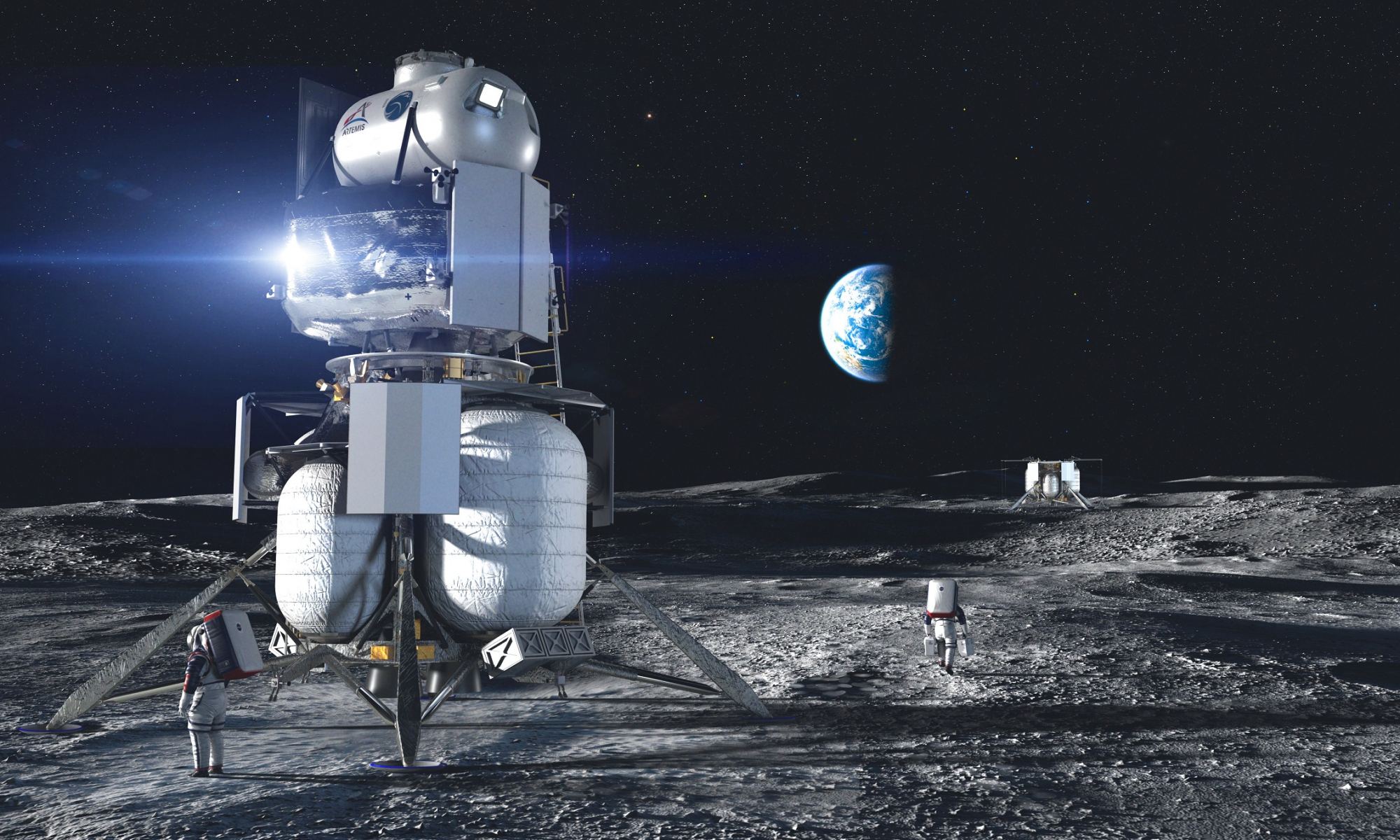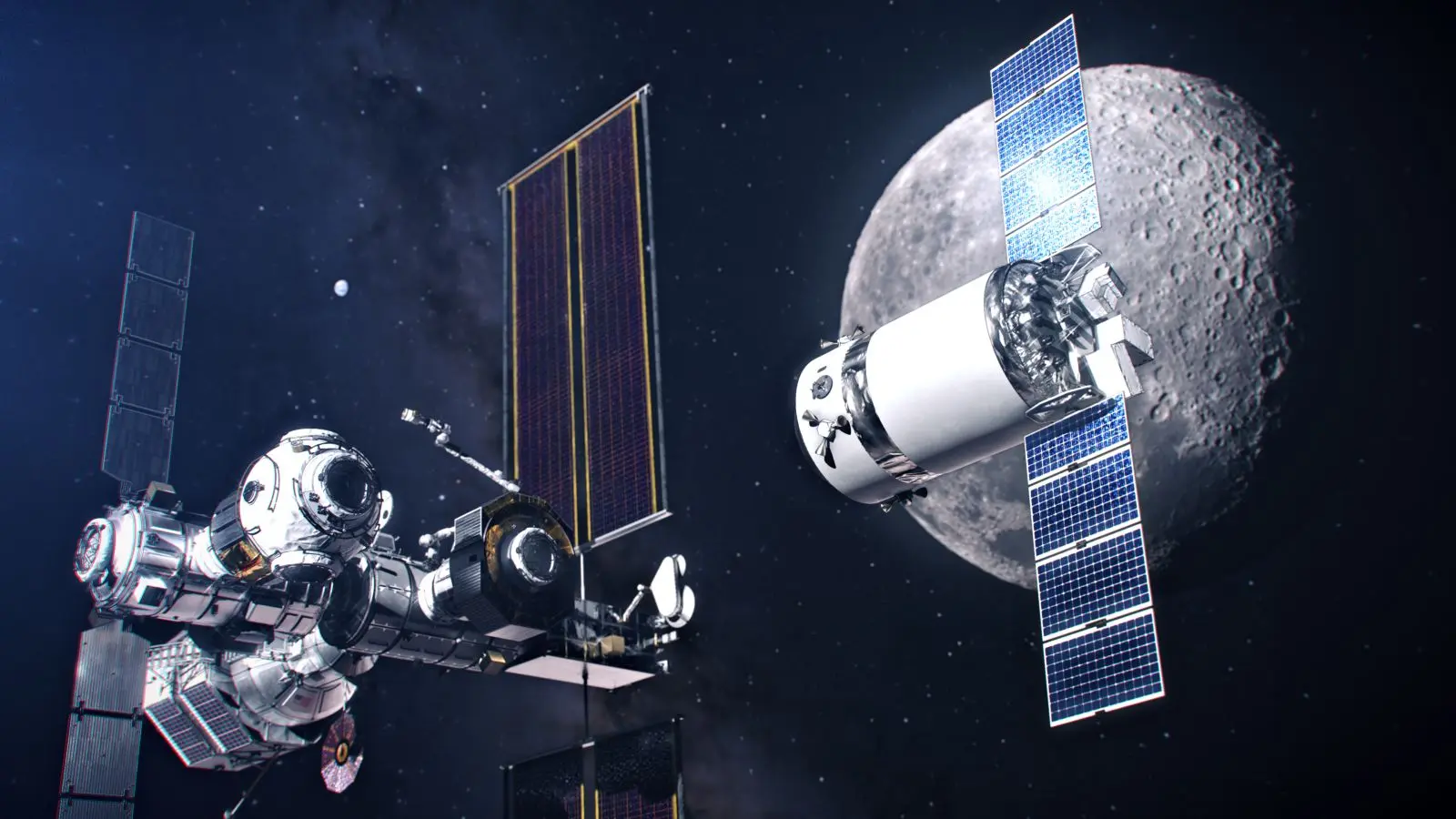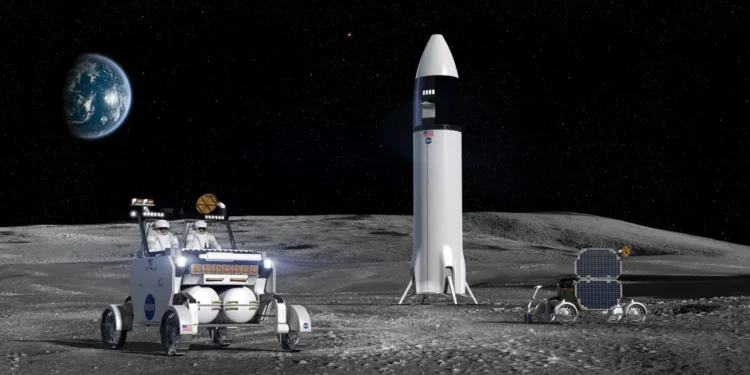NASA is charting a course back to the moon, with Blue Origin and SpaceX at the helm of upcoming cargo missions. The space agency’s ambitious plans include utilizing upgraded versions of the Artemis lunar landers, spearheaded by these industry giants, to transport essential equipment, such as a pressurized rover and a surface habitat, to the lunar surface. This marks a significant step in lunar exploration, promising to enhance scientific research and pave the way for sustainable moon habitation.

Blueprint for the Moon: The Artemis Cargo Landers
The Artemis program is progressing towards utilizing cargo-specific versions of Blue Origin’s Blue Moon and SpaceX’s Starship landers. These enhanced models are tasked with pivotal roles. SpaceX’s Starship is set to deliver a sophisticated pressurized rover by 2032, developed by Japan’s space agency JAXA, fostering international collaboration. Following closely, in 2033, Blue Origin’s Blue Moon lander will deploy a lunar surface habitat, setting the stage for extended human presence on the moon.
Lisa Watson-Morgan, NASA HLS program manager, highlighted the strategic placement of these missions within the broader Artemis schedule, noting the balance between crew and cargo capabilities and their importance in NASA’s lunar exploration goals.

Strategic Advances and Competitive Edge
The decision to award these contracts to Blue Origin and SpaceX did not come lightly. Each company brings unique strengths and innovative approaches to the table, ensuring NASA’s mission flexibility and continuous lunar presence. “Having two lunar lander providers with different approaches for crew and cargo landing capability provides mission flexibility while ensuring a regular cadence of moon landings for continued discovery and scientific opportunity,” stated Steve Creech, NASA assistant deputy associate administrator for technical in the Moon to Mars Program Office.
This dual approach not only underscores NASA’s commitment to leveraging commercial partnerships to advance space exploration but also secures a competitive edge in the space race. By fostering a robust infrastructure capable of regular deliveries to the lunar surface, NASA aims to deepen our understanding of the moon and beyond.

As NASA prepares to issue a request for proposals to these seasoned space veterans in early 2025, the space community eagerly anticipates the unfolding of these missions. The early announcement, months ahead of the formal proposal request, underscores the agency’s proactive planning and commitment to transparency.
These developments signify a monumental leap forward in space exploration. With payloads considerably larger than those of current robotic landers, these missions are set to revolutionize our approach to lunar exploration, delivering capabilities essential for the long-term goal of lunar colonization and ultimately, missions to Mars.










